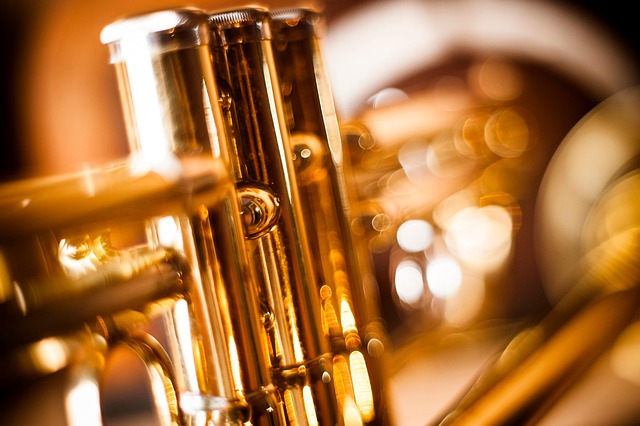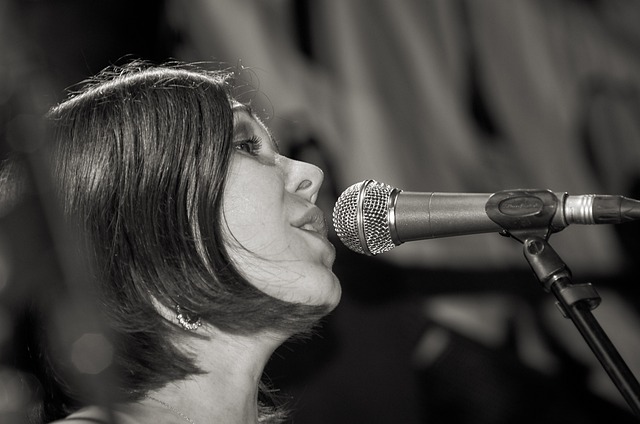The Rhythmic Evolution: Unveiling the History of Jazz
Jazz, an expressive musical genre that has captivated audiences around the world, is much more than just a set of notes played in harmony; it’s a vibrant tapestry woven from rich cultural threads, complex emotions, and the spirit of innovation. The history of jazz is a story of resilience, creativity, and sublime artistry, echoing the very heartbeats of generations committed to the craft of music.
Emerging from the African American communities of the late 19th and early 20th centuries, jazz took form in the bustling streets of New Orleans. Here, it evolved from other musical genres like blues and ragtime, reflecting the struggles and joys of the people. The syncopated rhythms and improvisational styles drew upon the rich heritage of the African diaspora, culminating in a sound that was both revolutionary and deeply personal.
As jazz spread throughout the United States, it transformed into various subgenres, each capturing the essence of the time and place. From the smooth, sophisticated sounds of Swing in the 1930s to the daring explorations of Bebop in the 1940s, the history of jazz illustrates a continual evolution in musical expression. Each beat, note, and riff is a celebration of life, often played in energetic nightclubs and raucous parties, where the music comes alive and embraces the spirit of both joy and struggle.
At its core, jazz serves as a means of communication, transcending language barriers and uniting people through the sheer passion of its rhythms. Imagine stepping into a dimly lit jazz club, where the air vibrates with excitement and anticipation. The audience sways in unison, entranced by the mesmerizing interplay between musicians, each note unfolding a new story. The history of jazz is not just about the music itself; it’s also about the community it fosters and the culture it thrives in.
Jazz has continually influenced and interacted with other musical genres, effectively blurring the lines between them. From its fusion with rock and roll to the contemporary beat of hip-hop, the implications of jazz reach far beyond its own genre. It stands as a clear testament to the seamless adaptability of music to the changing tides of society, marking its place as a cornerstone of modern music culture.
As we celebrate the history of jazz, we must also acknowledge its role as a vessel for social change. Many jazz musicians became voices of their times, using their art to advocate for civil rights and equality. Through their work, they highlighted the struggles and triumphs of their communities, making jazz not just a genre, but a powerful tool for expression and activism. Jazz has proven to be a defining soundscape that narrates the complexity of human experience, resonating with those who dare to listen closely.
The party atmosphere of jazz—where music fills the air and energy crackles like electricity—reminds us of the collective joy that music brings. Whether you’re savoring a smooth saxophone solo or the infectious beat of a double bass, the essence of jazz invites you to immerse yourself in the moment, to dance, to laugh, and to celebrate life.
Each note played carries with it a piece of history, a fragment of the past, waiting to be rediscovered by ears eager to listen. The journey of jazz, woven through decades of change and evolution, remains ever vibrant, carrying forward its legacy to inspire future generations of musicians and music lovers alike.




